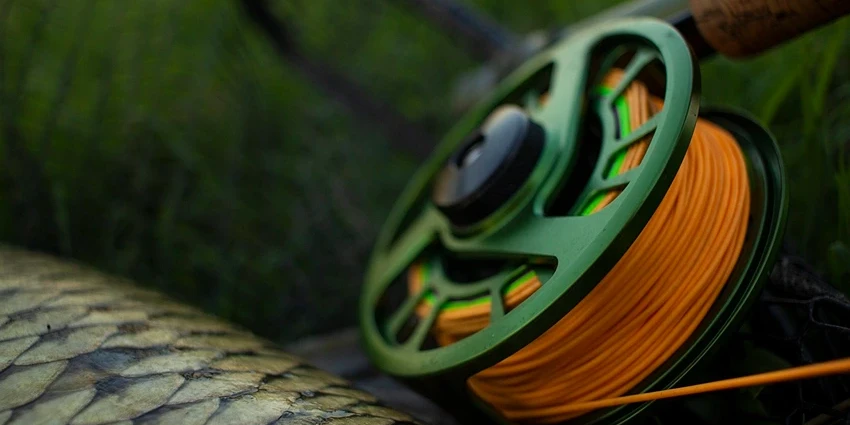All products were chosen independently by our editorial team. This review contains affiliate links and we may receive a commission for purchases made. Please read our affiliates FAQ page to find out more.
Jump to:
Can You Eat Stingray?
Yes, stingray is edible and consumed in various coastal cuisines. Its white, flaky flesh has a unique taste. Grilling or baking are common cooking methods. However, caution is needed to avoid the venomous barb. Proper preparation and adherence to fishing regulations ensure safe and enjoyable consumption of stingray.
Key Takeaways
- Historical Context: Stingrays have been consumed in various cultures for centuries.
- Nutritional Value: Stingray meat is nutritious, offering a good source of protein and minerals.
- Culinary Techniques: There are diverse ways to prepare stingray, each bringing out a unique flavor.
- Safety Considerations: Proper handling and preparation are crucial for safe consumption.
Stingrays, a group of sea rays which are cartilaginous fish related to sharks, have long been a subject of curiosity in the culinary world. While not traditionally considered mainstream seafood, stingrays offer a unique taste and texture that can be a delightful surprise for adventurous eaters. This article delves into the historical, nutritional, and culinary aspects of eating stingray, especially from a fishing perspective.
Introduction to Stingrays in Fishing
Stingrays, with their distinctive flat bodies and long tails, are a fascinating subject in the world of fishing. They are found in coastal tropical and subtropical marine waters, making them accessible to fishermen around the globe. While they are not typically targeted like other popular fish, stingrays can be caught as bycatch or for specific culinary demands.
Historical Context of Eating Stingray
Cultural Significance
In many coastal regions, stingrays have been a part of the local diet for centuries. For example, in parts of Southeast Asia, stingray is a common ingredient in traditional dishes. It’s also found in the cuisine of coastal European countries, where it’s often grilled or used in stews.
Historical Practices
Historically, stingrays were not only valued for their meat but also for their skin, which was used as an abrasive material. The practice of eating stingray, however, was more prevalent in regions where other fish were scarce.
Nutritional Value of Stingray Meat
Stingray meat is surprisingly nutritious. It’s a lean source of protein and is rich in vitamins and minerals such as vitamin B12, niacin, and selenium. Here’s a quick overview of its nutritional profile:
| Nutrient | Amount per 100g |
| Protein | 18g |
| Fat | 3.2g |
| Vitamin B12 | 3.6 µg |
| Selenium | 36.5 µg |
Culinary Techniques for Preparing Stingray
Popular Methods to Cook Stingray
Stingray meat has a unique texture that is somewhat similar to that of scallops or shark. It can be prepared in various ways:
- Grilling: A popular method that imparts a smoky flavor.
- Broiling: Ideal for achieving a slightly crispy texture.
- Stewing: Common in European cuisines, where it’s often combined with robust flavors.
Regional Recipes and Variations
In Southeast Asia, stingray is often marinated with spices and then wrapped in banana leaves to be grilled. This method infuses the meat with a rich, aromatic flavor. In contrast, European recipes might involve simmering the stingray in a hearty stew with vegetables and herbs.
Safety Considerations When Eating Stingray
Eating stingray is safe, provided that the fish is handled and prepared correctly. Here are some key points to consider:
- Freshness: Always ensure the stingray is fresh. Look for clear eyes and a mild sea smell.
- Preparation: The skin should be removed, and the meat should be cleaned thoroughly.
- Cooking: Proper cooking is essential to eliminate any harmful bacteria.
Important: Stingrays can contain levels of mercury and other toxins, so it’s advisable to consume them in moderation, especially for pregnant women and children.
Modern Perception of Eating Stingray

The consumption of stingray today varies greatly across different cultures and regions. While still a niche market in many parts of the world, there’s a growing interest in stingray as a culinary delicacy. This shift is partly influenced by the global trend towards exploring more sustainable and diverse seafood options.
Register for our latest in-depth reviews and product round-ups from the experts
Enter your email address below to receive our twice monthly reviews emails.
By entering your details, you are agreeing to our terms and conditions and privacy policy. You can unsubscribe at any time.
FAQs about Eating Stingray
Yes, stingray is safe to eat when sourced from clean waters and prepared properly. However, like all seafood, it should be consumed in moderation due to potential mercury content.
Stingray has a mild, sweet flavor with a texture that’s often compared to scallops or lobster. The taste can vary slightly depending on the cooking method.
The skin and barb should be removed, and the meat should be rinsed thoroughly. Stingray can then be marinated, grilled, broiled, or used in stews.
Pregnant women should consult with a healthcare provider before consuming stingray due to its mercury content.
Environmental Impact of Fishing for Stingrays
Ecological Considerations
The fishing of stingrays must be managed responsibly to avoid disrupting marine ecosystems. Overfishing can lead to a decline in stingray populations, which play a crucial role in their habitats.
Impact on Marine Ecosystems
Stingrays are important for maintaining the balance in marine environments. They help control the population of smaller sea creatures and contribute to the health of coral reefs.
| Factor | Impact on Marine Ecosystems |
| Overfishing | Disrupts ecological balance |
| Bycatch | Affects other marine species |
| Habitat Destruction | Damages coral reefs and seagrass beds |
Martin Cochran, renowned for his expertise in deep-sea fishing and marine wildlife, plays a pivotal role at Fresh Catch Daily. His adventures across various oceans have equipped him with unique insights and techniques, enriching our platform with diverse and engaging content for fishing enthusiasts.









